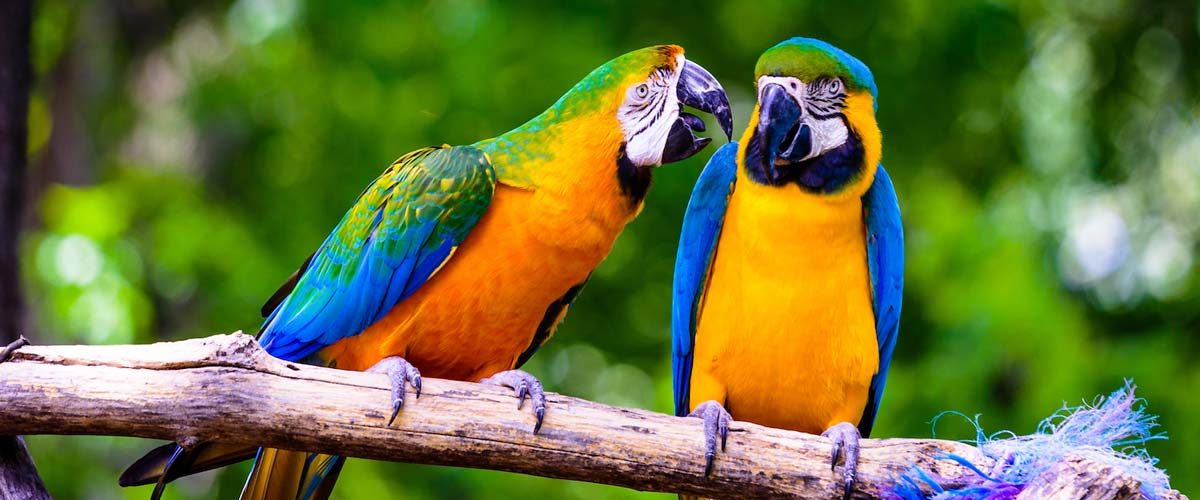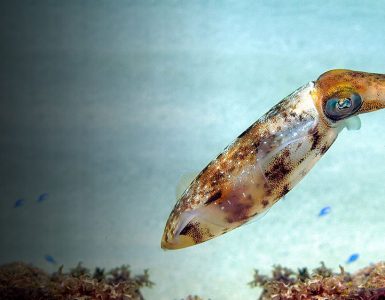Millions of birds migrate each year during the late summers and autumn nights, making their way towards the wintering grounds. Before winging onto their journey, these birds molt their bright feathers in turn for a somber palette plumage.” The process continues throughout the year to minimize the feathering gaps and maintain their flight.
The molting is a slow process that facilitates plumage change for each journey and allows them to engage with new mates to reproduce easily. White plummed antbird was spotted as the slowest molting songbird.
Jared Wolfe, the founder of biodiversity initiative, reported, “ the beautiful colors of the feathers is a source of attraction for many nature lovers; however, there is more to it.” Wolfe and his team investigated the impact of the distance variance upon the molting process in particular species. He stated, “ The long sun exposure and hostile environmental conditions wear off the feathers.”
The colorful plumage is a multipurpose accessory for the bird, used for attracting mates, defining the age and health of the birds. These feathers signal their mates regarding the habitats, such as bright plumage indicates quality tropical surroundings.
Wolfe expressed, “ interestingly, the winter experiences and finding mates showed to influence molting of bright feathers, that is known as carryover effects.” Categorizing the bird species revealed that certain bird species resided the whole year in the same habitat and regularly molted in different patterns.
The team stated, “molting is the high caloric process that is constrained due to multiple factors such as season, weather conditions, food abundance, and home size.”However, on wintering grounds, resources are finite and vary from time to time. Nonetheless, Wolfe pointed out that site fidelity due to breeding activity is commonly practiced by migratory birds, which has decreased bird abundance by 29%since 1970.
Understanding the concept of molting is essential for protecting the vulnerable flock of migratory birds.
















Add comment